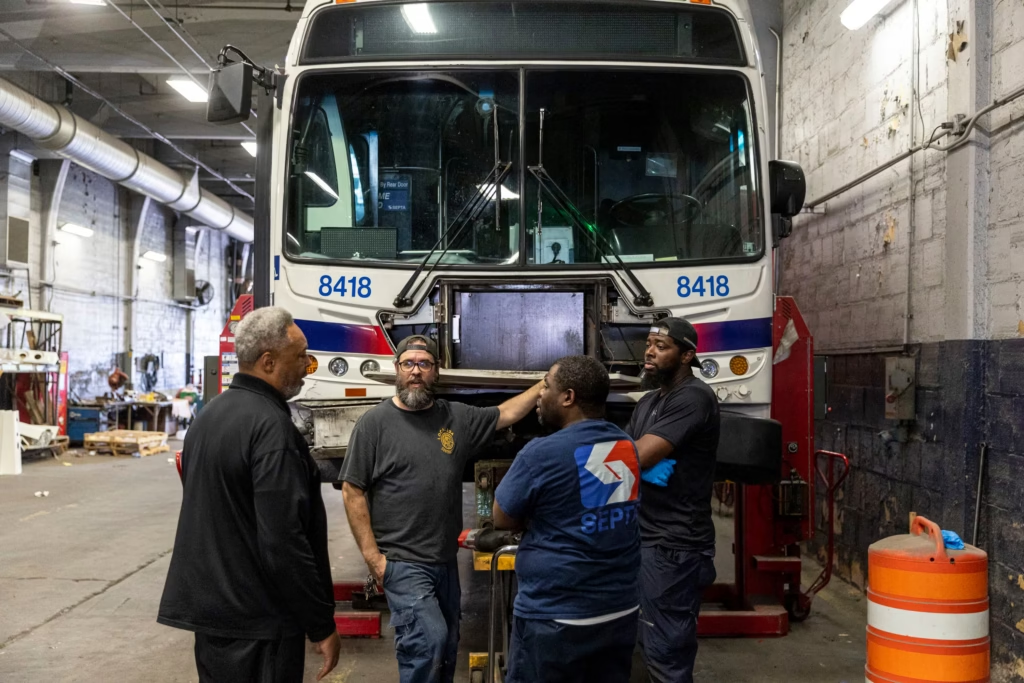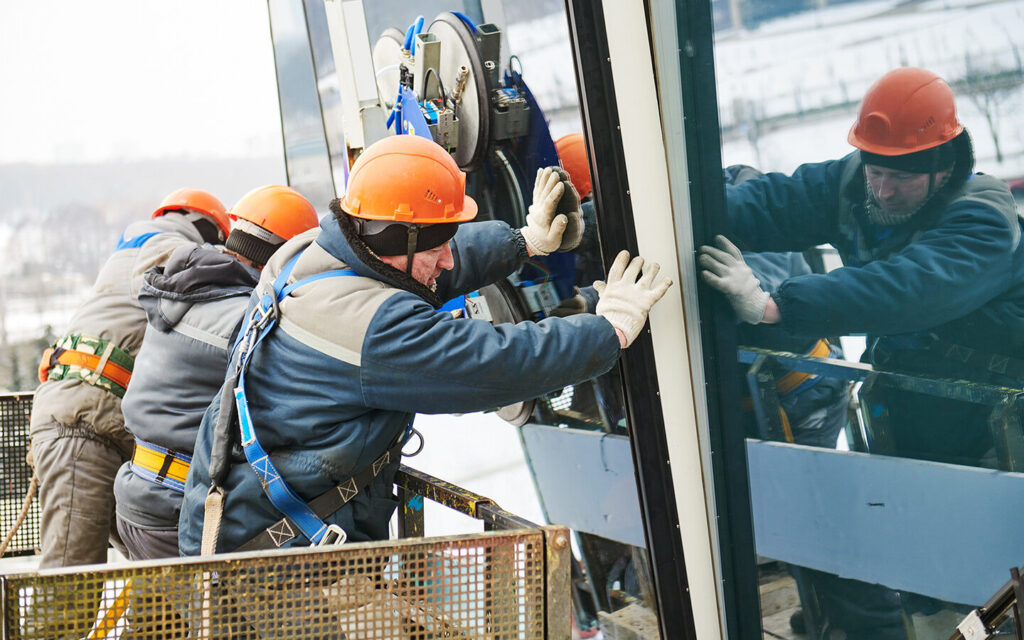The Southeastern Pennsylvania Transportation Authority (SEPTA) is the primary public transportation provider for Philadelphia and surrounding counties. Serving millions of commuters annually through its buses, trains, subways, and trolleys, SEPTA is considered a lifeline for the region’s economy and daily life. However, recent developments involving the SEPTA strike have put that essential service at risk. This article dives deep into the causes, effects, negotiations, historical context, and potential resolutions of the SEPTA strike.
What is the SEPTA Strike?
The SEPTA strike refers to a labor stoppage initiated by the employees of SEPTA due to unresolved contract negotiations, disputes over wages, healthcare, pensions, working conditions, and more. When unionized transit workers decide to stop working, it disrupts service across multiple counties including Philadelphia, Montgomery, Bucks, Delaware, and Chester. A strike means no buses, subways, or trolleys — affecting millions of riders who rely on public transport for commuting, school, work, and healthcare.
Background: Why Did the SEPTA Strike Begin?
The core reasons for the SEPTA strike revolve around contract disagreements between the transportation authority and the Transit Workers Union (TWU) Local 234, which represents thousands of SEPTA employees. Their concerns include:
1. Wage Increases and Inflation
Union members argue that wages have not kept pace with inflation. The rising cost of living in the Philadelphia area — including rent, groceries, fuel, and childcare — has made it harder for workers to maintain a decent standard of living. The union demanded fair wage increases over the length of a new contract.
2. Healthcare Contributions
Another key sticking point is healthcare. SEPTA employees want lower premiums and better coverage. On the other hand, SEPTA has been under financial strain post-COVID, pushing for employees to shoulder more of the insurance burden.
3. Retirement and Pension
Union leaders have cited stagnant pensions and insufficient retirement benefits as another cause for frustration. Many long-serving employees worry that their financial future is uncertain.
4. Safety Concerns
SEPTA workers — especially those on the frontlines like bus and train operators — have reported increased incidents of violence and abuse. They are demanding improved security measures, including more transit police and updated surveillance systems.
Timeline of the SEPTA Strike
Here’s a timeline highlighting key events of the current SEPTA strike:
- January 2025 – Initial contract negotiations begin between SEPTA and TWU Local 234.
- March 2025 – The union threatens strike action if no agreement is reached.
- May 2025 – Negotiations stall over wage and pension disagreements.
- June 15, 2025 – TWU votes overwhelmingly to authorize a strike.
- June 20, 2025 – Strike begins, halting service across Philadelphia and surrounding counties.
This strike is not the first in SEPTA’s history. Previous strikes occurred in 2005, 2009, and 2016 — each with significant impacts on the local economy and public life.
Impact of the SEPTA Strike on the Public
The effects of the SEPTA strike are far-reaching and disrupt virtually every facet of daily life in the greater Philadelphia region.
1. Commuter Chaos
Hundreds of thousands of people rely on SEPTA’s buses, subways, and regional rail daily. Without service, many are forced to find alternative — and often more expensive — transportation. Ride-shares, carpooling, bicycles, and even walking have become the only options for many.
2. Economic Disruption
Local businesses, especially those in Center City and near transit hubs, report steep drops in customer foot traffic. Employees can’t get to work easily, leading to absenteeism and decreased productivity.
3. School Attendance
Public schools and universities in Philadelphia have seen a spike in absentee rates. Many students and teachers rely on SEPTA to travel to and from campus.
4. Healthcare Access
Patients who depend on SEPTA to reach hospitals and clinics are missing appointments, creating healthcare disruptions that could have life-threatening consequences for some.
5. Environmental Concerns
With more people driving instead of taking public transit, traffic congestion and carbon emissions have increased during the strike, affecting air quality in urban areas.
Political and Public Response

Government Officials
Philadelphia Mayor and Pennsylvania Governor have called for expedited negotiations to end the SEPTA strike. The Mayor’s office has offered to mediate the talks, but so far, the two sides remain at odds.
Public Sentiment
The strike has created a polarizing debate among residents. While some sympathize with the union’s demands, others express frustration over the inconvenience and economic losses caused by the stoppage.
Media Coverage
Local and national news outlets have highlighted the growing tensions and potential long-term effects of the strike, increasing pressure on both parties to reach an agreement.
Current State of Negotiations
As of June 22, 2025, the TWU Local 234 and SEPTA management have resumed talks with federal mediators involved. However, progress has been slow. SEPTA has made a revised offer including moderate wage increases and enhanced safety measures, but union leaders claim it still falls short of addressing healthcare and pension concerns.
Some potential points of compromise being discussed include:
- A phased wage increase over five years
- Shared healthcare contributions with caps
- Increased investment in employee safety programs
- A new pension model that balances worker benefits with financial sustainability
Until a mutually acceptable agreement is reached, the SEPTA strike continues with no official end date in sight.
Comparison to Previous SEPTA Strikes
The 2016 strike lasted six days and cost the city millions of dollars in lost productivity. The 2009 strike lasted for a week and disrupted the World Series games that were hosted in Philadelphia. In each instance, workers returned only after substantial compromises from both sides. The current SEPTA strike could become one of the most prolonged if no breakthrough is achieved soon.
What Can Commuters Do During the Strike?
While the SEPTA strike is ongoing, commuters can consider the following alternatives:
- Use regional rail: If available and still running during the strike.
- Carpool: Use ride-share apps or create neighborhood carpool groups.
- Bike or walk: For shorter distances, cycling and walking may be the most viable option.
- Remote work: Employers are encouraged to allow employees to work from home during the disruption.
- Stay informed: SEPTA’s website and social media provide the latest updates.
Future Outlook: What’s Next?
If the strike continues for more than two weeks, the pressure on both SEPTA and union leadership will intensify. Public patience may wear thin, and businesses could begin lobbying the state for emergency intervention. In extreme cases, Pennsylvania lawmakers may propose legislation to limit or regulate public transportation strikes.
The long-term solution likely requires both parties to adopt a more sustainable approach to budgeting, worker compensation, and public service delivery. Investment in infrastructure, automation, and increased funding could help SEPTA avoid such conflicts in the future.
Conclusion
The SEPTA strike is more than just a labor dispute — it’s a pivotal moment for public transit in Pennsylvania. The issues at hand go beyond wages; they touch on fairness, sustainability, and the future of public transportation. As negotiations continue, one thing is clear: a quick and fair resolution is necessary to restore stability and keep Philadelphia moving forward. Until then, residents and workers alike must navigate the challenges and hope that a better, more equitable SEPTA emerges from this critical moment.
Frequently Asked Questions (FAQs)
Q1: When did the SEPTA strike start?
A: The current SEPTA strike began on June 20, 2025, after contract negotiations broke down between SEPTA and the Transit Workers Union Local 234.
Q2: What services are affected by the SEPTA strike?
A: Most city buses, subways, and trolleys are not operating. Some regional rail lines may still be running, depending on the division of workers.
Q3: Why are SEPTA workers on strike?
A: The workers are demanding fair wage increases, improved healthcare benefits, better retirement pensions, and enhanced safety measures.
Q4: How long will the SEPTA strike last?
A: There is no official end date. It will last until both parties reach a mutual agreement.
Q5: How can I get around Philadelphia during the strike?
A: Alternatives include biking, walking, carpooling, using ride-share services, or working from home if possible.
Q6: Has this happened before?
A: Yes, SEPTA has had several strikes in its history, notably in 2005, 2009, and 2016.
Q7: What’s the government doing to help?
A: City and state officials are urging both sides to return to the bargaining table and have offered mediation support.
Q8: Will SEPTA workers get paid during the strike?
A: Typically, employees do not receive regular pay during a strike unless they have a strike fund or union support.
Also read: Margaret Friar


